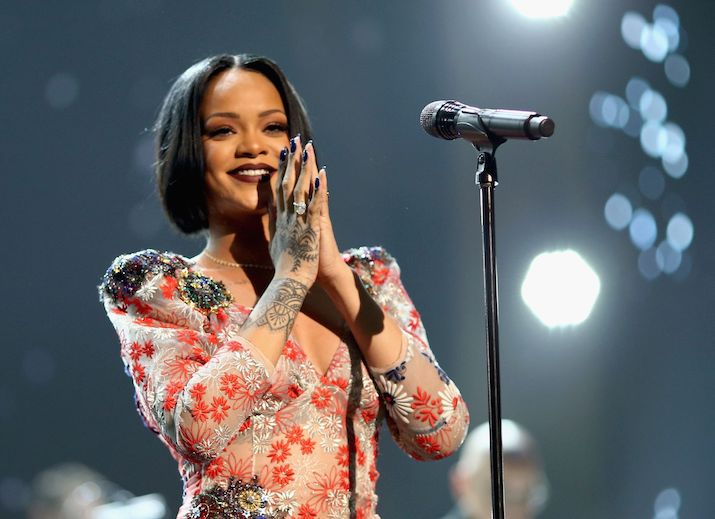Live From Super Bowl LVII: ATK Audiotek Boosts Subwoofer Complement for a Bassy Halftime Show
Grass field prevents use of rolling carts to move speakers in and out for the event
When Rihanna takes the stage for the Super Bowl LVII Halftime Show on Sunday, it will be in an event whose low-frequency requirements are getting progressively higher.
In the third year of the NFL’s multi-year deal with rap mogul Jay-Z and his Roc Nation production company, Rihanna’s appearance at State Farm Stadium in Glendale, AZ, follows the 2020 appearances of Shakira and Jennifer Lopez, with guest appearances by Bad Bunny, J Balvin, and Emme Muñiz at Miami Gardens (a show that earned a Primetime Emmy and four nominations); the 2021 show at Raymond James Stadium in Tampa featuring The Weeknd; and the 2022 cast of Dr. Dre, Snoop Dogg, Mary J. Blige, Kendrick Lamar, and Eminem.

Rihanna’s Super Bowl LVII Halftime Show at State Farm Stadium will deploy a redesigned temporary sound system.
At State Farm Stadium, a sound system redesigned for the event by ATK Audiotek — the company’s 26th year on the project and the first since it was acquired by Clair Global last year — will feature more subwoofers than ever, including six eight-box clusters of L-Acoustics KS28 subs flown around the bowl and a first-time deployment of eight Powersoft M-Force 30-in. subs positioned two per quadrant. These are in addition to the 10-box main hangs of L-Acoustics K2 speakers and the 13-box K2 sideline clusters constituting the bulk of the temporary sound system brought in for the show. The stadium itself has no subs in its system, but the Halftime Show will plug into the KS28 boxes deployed as low-frequency extensions for regular games.
“There will be a lot of low end on this show,” notes ATK EIC Kirk Powell, who’s working his 21st Super Bowl halftime show.
The temporary sound system is bigger partly because Super Bowl Halftime Shows have been getting progressively louder and bassier, necessitating more and larger system components and more-powerful amplifiers. Also, this year’s show system has to stand alone, not plugging into the venue’s installed PA system.
System design was also dictated by the fact that the venue has a real grass field (the roofed stadium keeps its turf healthy via a unique roll-out tray that gets the grass plenty of sunlight between games). Typically, carts are deployed to move the components of the temporary sound system on and off the field in a rapid and highly choreographed sequence by dozens of local volunteers, but the carts are not allowed on the State Farm Stadium gridiron.
“As a result,” says Powell, “we had to fly just about every part of the halftime sound system, which we’ve never had to do before. And there’s more to fly because [the house system] had no subs and a show like this needs a ton of them.”
The switch to the L-Acoustic PA system is another first; ATK had been deploying JBL PA systems for previous Super Bowl shows. System signal distribution will be over a Dante network using Focusrite D64, D16R, and A16R interfaces. There will also be two DiGiCo Quantum 338 audio consoles at front of house, mixed by Alex Guessard and Dave Natale, and an SD5 console for monitors, mixed by Tom Pesa and System Engineer Chris Daniels — all halftime-audio veterans.
Thus, this year’s Halftime Show sound-system design — and, to a significant extent, the entire show’s logistics — will be dictated by a combination of factors, including the venue’s systems and nature of its playing field, the NFL’s ongoing collaboration with hip-hop’s leading entrepreneur, and the changing entertainment culture around sports.
Says Powell, “This is definitely not a rinse-and-repeat show.”
